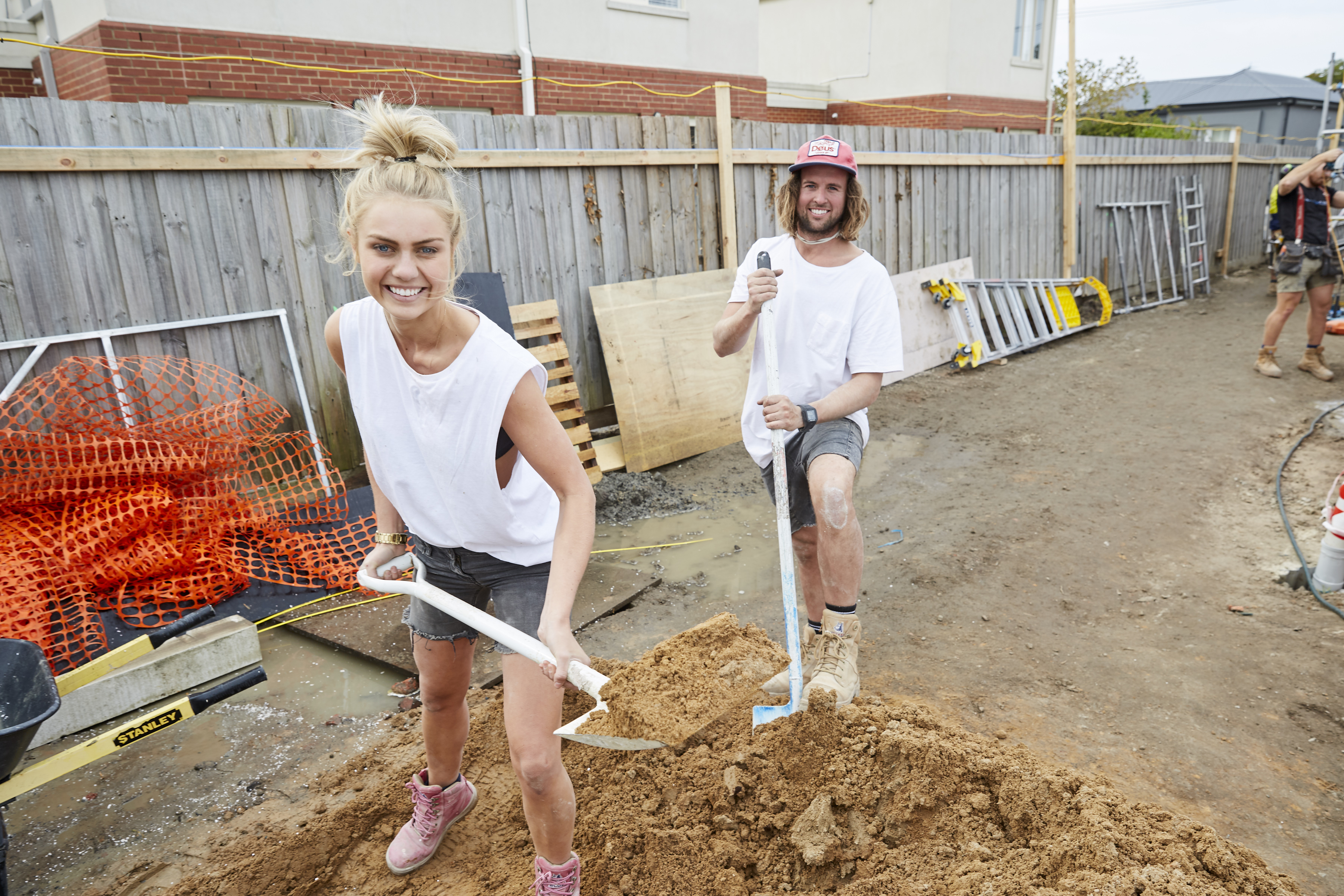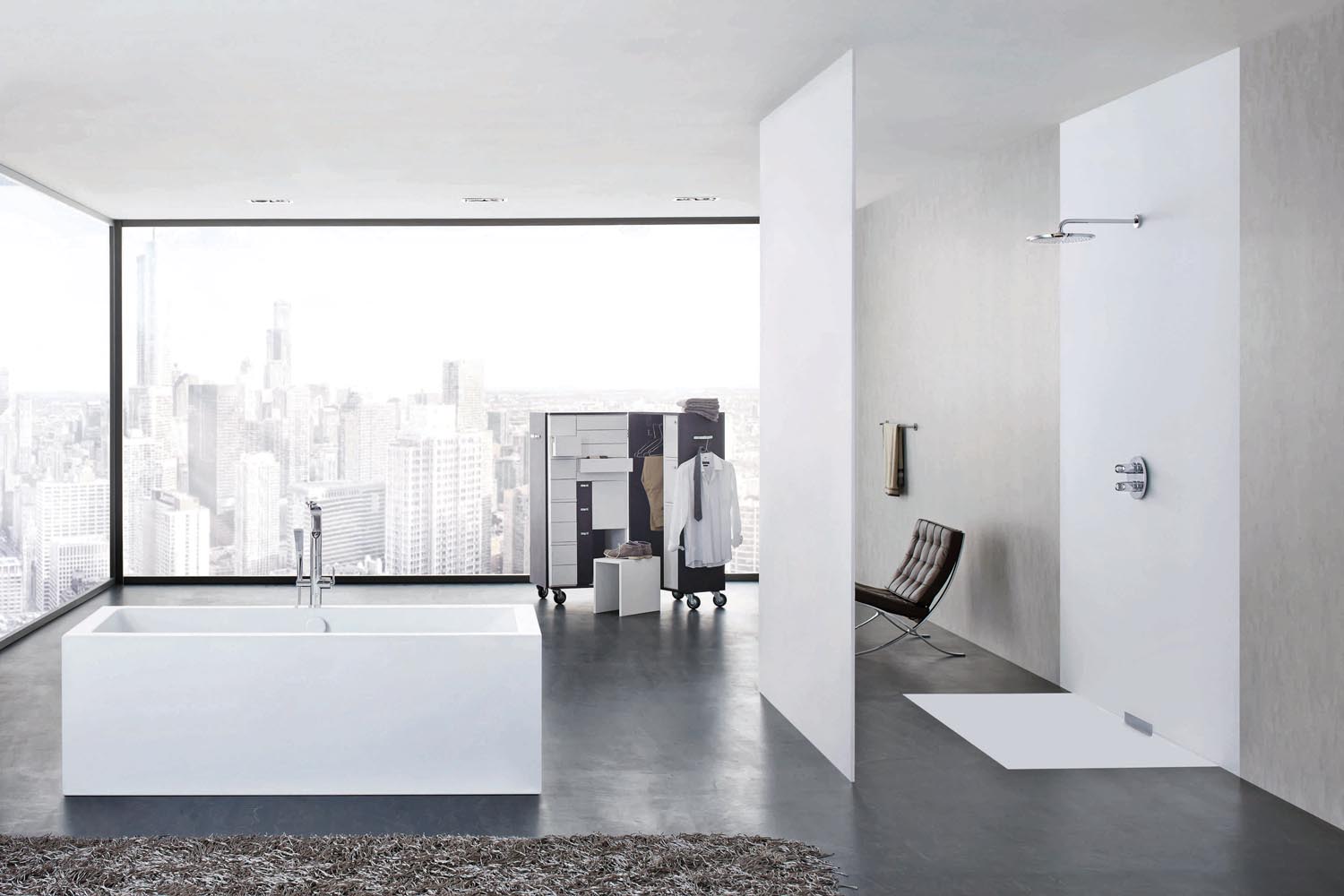Bringing a federation home in Tasmania into the new millennium has pleased not only the home’s owners, but judges in a national architecture competition.

A winner of the 2008 Royal Australian Institute of Architects (RAIA) Tasmania Architecture Awards for Houses: Alterations and Additions, this South Hobart transformation consists of an extension to an existing 1920s red brick Federation house by Preston Lane Architects.
The existing residence, more than 80 years old, was dark and enclosed, with little relationship to its external private open space. The project brief sought to provide a new open living space which allowed light to penetrate throughout the day, and provide a connection between the inside and outside spaces.
The main inspiration for the extension came from an existing wall of an adjoining warehouse at the rear of the site. This beautifully aged and textured façade provides a sense of enclosure to the rear of the property, as well as a backdrop for the new extension. The new elevated living spaces provide a viewing plane focusing on this wall and the garden in between is perceived as an extension of this space.
Upon entry into the residence, the new extension is immediately apparent as it extends along the line of the original hallway. This initial view down the hallway is terminated with a solid timber end providing a sense of containment, whilst adjacent glazing opens the view as you progress into the living space. A breakfast bar/study area is located between the kitchen and the living room and overlooks this space and the garden from the higher level. This provides a balanced connection and disconnection between users of these different spaces.
The floor level steps down to the living area at the rear and the overhead ceiling plane remains at a consistent height. This helps to reinforce the connection between the internal spaces and the garden. In order to minimise distraction to the garden views, this dominant ceiling plane has not been punctuated over the living space and lighting is housed around the perimeter within an inverted bulkhead.
At the end of the living room, a concrete plinth runs across the width of the room at floor level and provides a ledge for displaying several of the owner’s precious artefacts. The glazing line is set in the middle of this plinth and the concrete runs inside and outside, allowing the garden views to be drawn into this space and visually connecting the two. Externally this concrete plinth forms the base of the new extension, and has a direct relationship and balance with the heavy sandstone base of the existing building.
At the junction between the old and the new, the extension’s flat roof plane does not touch the original façade and is separated by a recessed window which sensitively connects them.
The extension provides privacy from the neighbouring properties through a continuous joinery wall which runs along the eastern side of the extension, and a landscape boundary wall to the western side. A highlight window runs along the eastern wall, allowing morning sun to fill the space. A series of platforms that step down into the landscape provide a physical connection to the garden and have been carefully configured to avoid the need for a balustrade.
The judging panel who visited the residence were clearly impressed with the efforts of this young architectural practice, which has offices in both Melbourne and Hobart.
“Impressive on many levels, this contemporary addition and alteration … has an instant appeal. ‘Extension’ appropriately describes this addition, which extends the existing house into the established garden and mediates between them.
“New built elements unite and engage with the opportunities offered by the existing house and garden”.
“Ceiling planes and joinery elements create internal connections, while wall planes screen neighbours and frame views. Steps define spaces and hierarchies within and the artful use of thresholds, decks and plinths serve to and are, of themselves, places”.
“The jury enjoyed the wilful denial of the garden on entry, which served to heighten the experience once realised”.
“Thorough considerate and elegant, this new work is at ease within the established environment through being restrained in expression and materiality, and proud of its own character and the association.”
Photography by Jonathon Werret
Project particulars:
Designed by: Preston Lane Architects
45 Goulburn Street, Hobart Tas 7000
03 6231 2923
daniel@prestonlanearchitects.com.au
3 Tivoli Road, South Yarra Vic 3141
03 9827 8902
nathanael@prestonlanearchitects.com.au
www.prestonlanearchitects.com.au
Design architects: Daniel Lane, Nathanael Preston, Phil Ackerly
Built by: MGB Constructions
PO Box 553, Tas 7006
0407 049 244
Flooring:
Kitchen/dining: Tasmanian oak (existing)
Living/stair: Tasmanian oak (new)
Bedroom: Existing
Outdoor: Pellewan
Walls:
Kitchen/dining: Plasterboard – Paint finish
Living: Plasterboard – paint finish, Tasmanian oak – oil finish
Outdoor: Compressed sheet – paint finish, Tasmanian oak – oil finish, off-form concrete, marine-grade plywood
Kitchen:
Benchtop: CaesarStone
Splashback: Starfire glass
Cabinetry: Two-pack, Laminex Licorice Linea
Sanitary Fixtures + Bathroom Fittings:
Laufen basin
Windows + External Doors:
Capral 400 Narrowline, Capral 889 doors, designer doorware.





